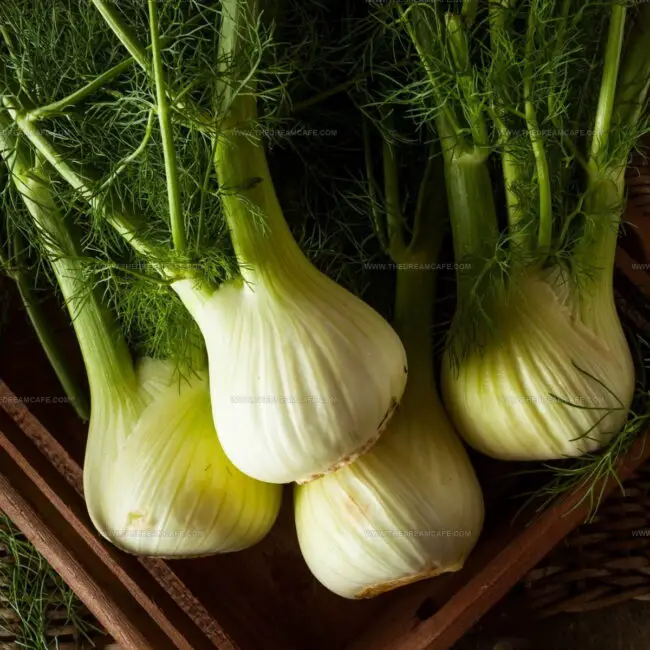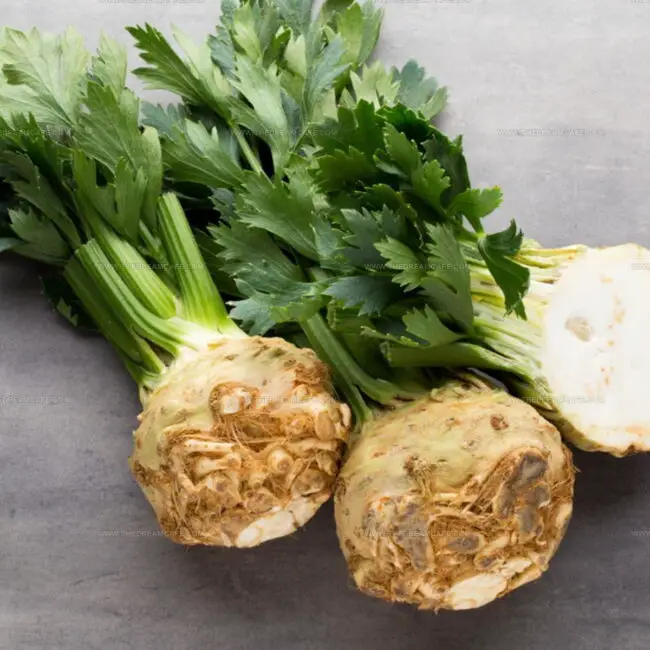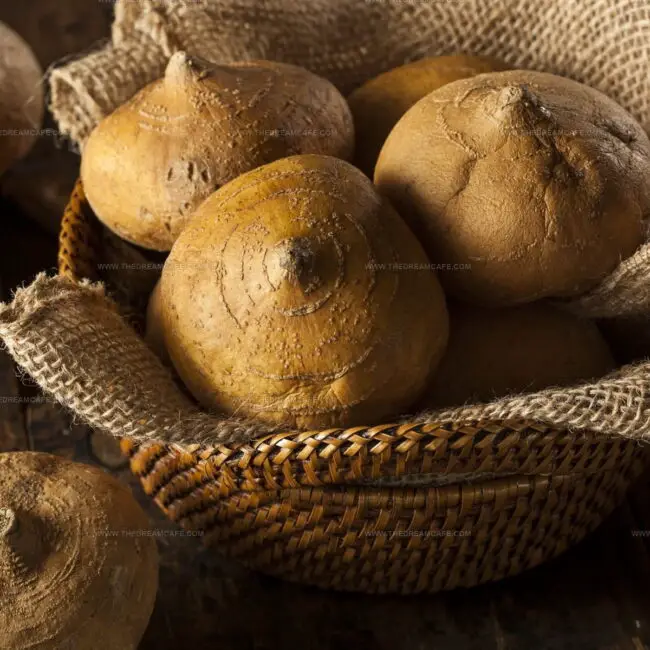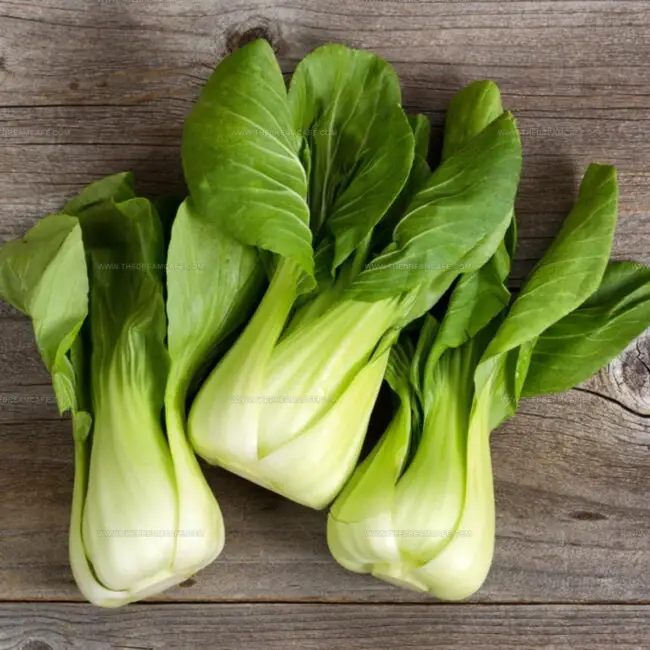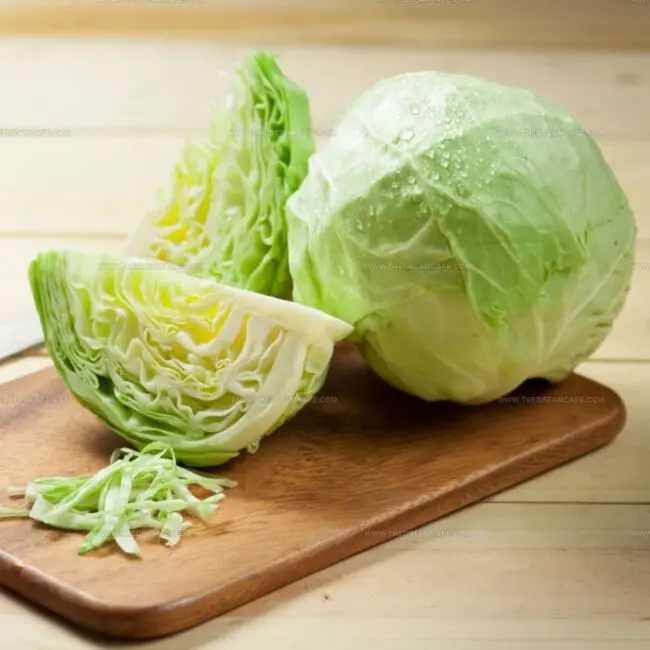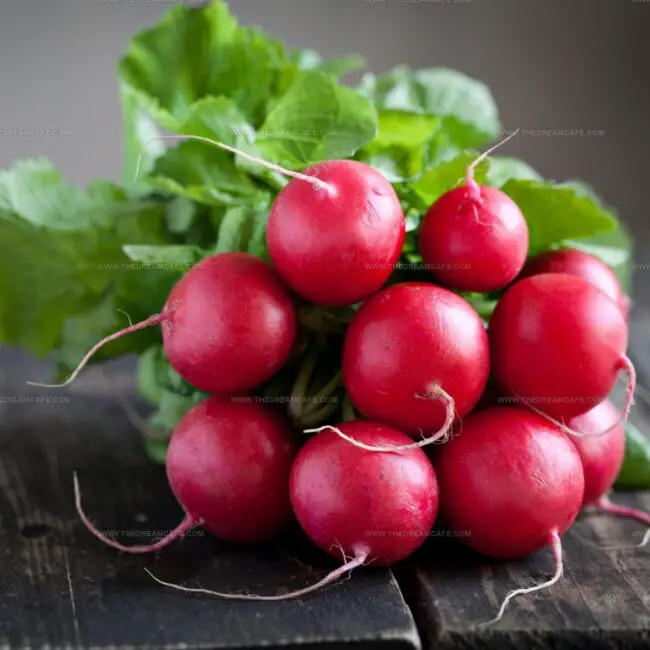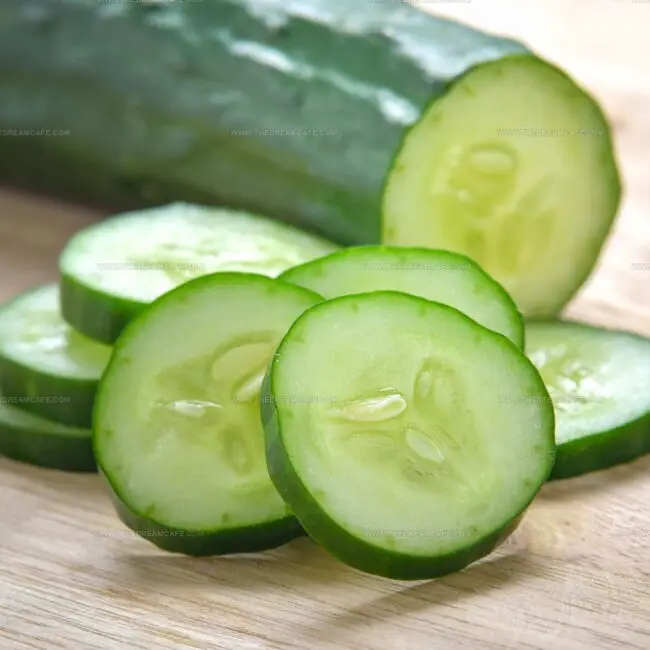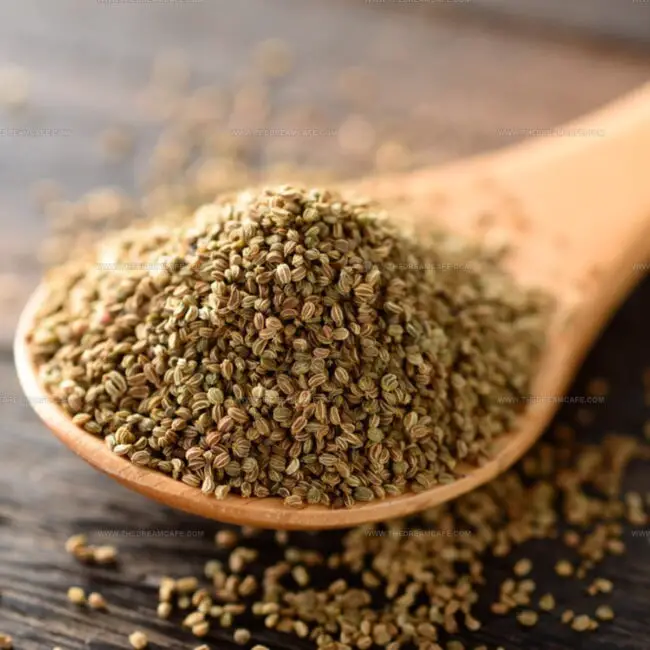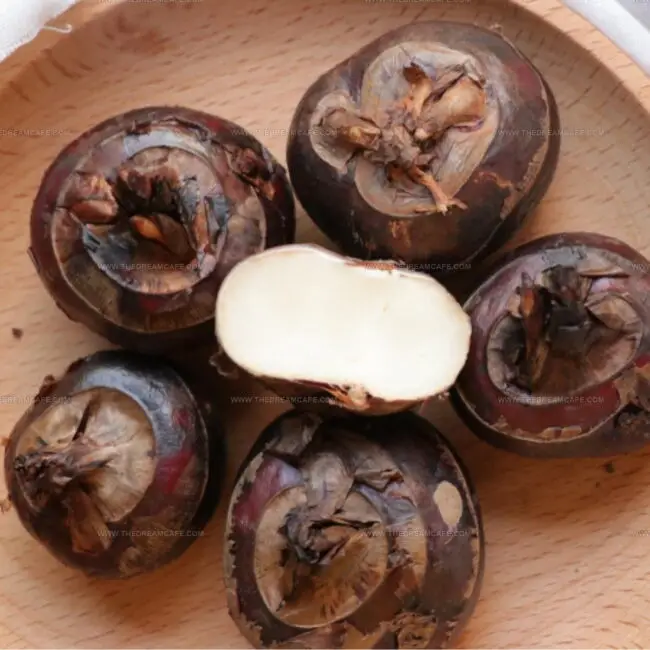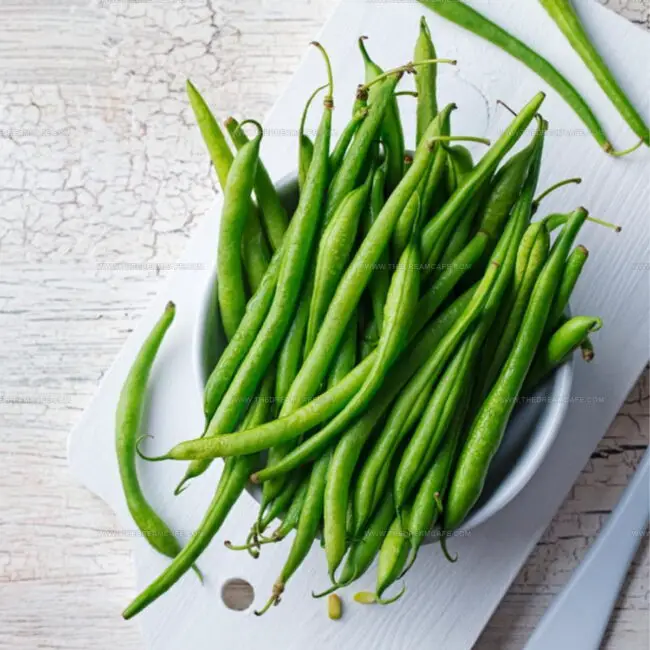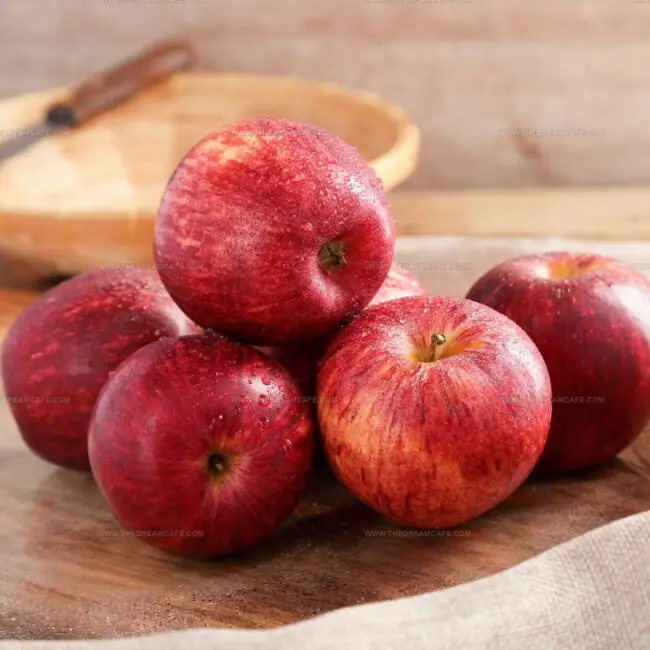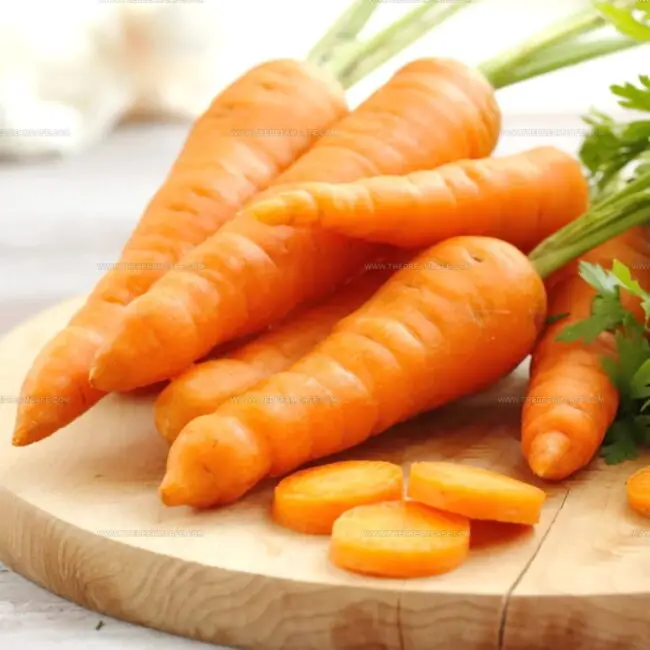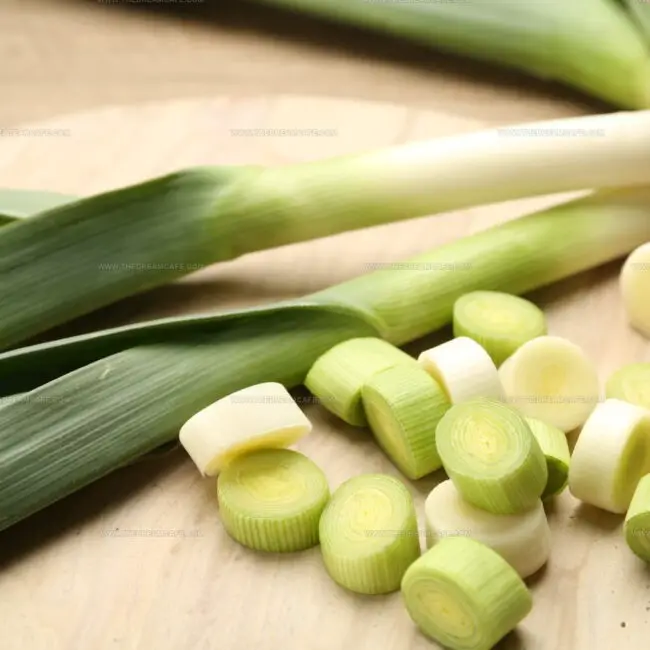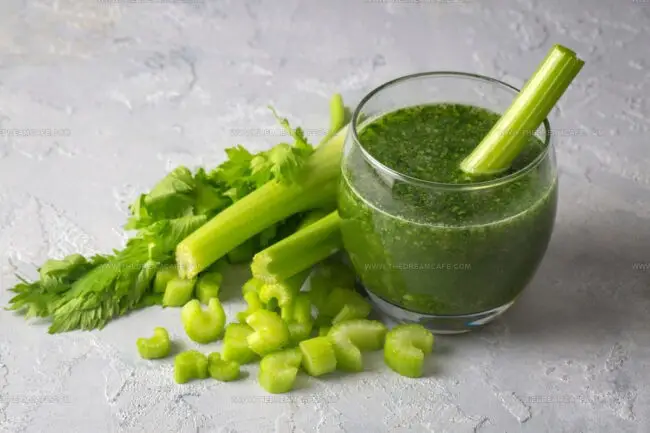13 Fresh Alternatives: Celery Stand-Ins for Any Recipe
Celery brings a crunchy texture and slightly bitter, herbal flavor that forms the backbone of many soups, stews, and salads.
When celery isn’t an option, substitutes such as fennel stalks, green bell peppers, or even jicama can add crunch with different but complementary flavors.
Some alternatives provide similar moisture content, while others bring a sweeter or earthier profile.
These thirteen best celery substitutes help maintain the balance of texture and taste in your dishes.
Selecting the right stand-in depends on the recipe and desired flavor complexity.
With these options, your cooking remains fresh and satisfying despite ingredient shortages.
Learn how to use celery substitutes effectively across various cuisines.
What to Replace Celery
Celery adds crunch and a mild, fresh taste. If it’s not available, you can still keep the texture and flavor in balance. A simple switch can make it work.
Fennel
Fennel stands out as the most excellent celery alternative because they share the same plant family, with stalks that look and feel similar despite fennel being leafier.
The taste profiles align well, though fennel brings an earthier flavor with distinct licorice notes that might not work in every dish.
For recipes where these flavors complement the dish, fennel works perfectly in both raw and cooked applications.
The swap is straightforward with a 1:1 ratio, but many cooks start with half the amount and adjust to taste since fennel's stronger character can easily overpower other ingredients.
Those subtle differences between celery and fennel actually create exciting opportunities to experiment in soups, stews, and salads where you need that signature crunch.
Celeriac
Celeriac stands out as a remarkable celery substitute because it actually belongs to the celery family, bred specifically for its edible stem.
This root vegetable captures the authentic celery taste and crunchy texture, making it perfect for cooked dishes where you need that distinctive flavor.
Many chefs prefer celeriac for its more intense earthiness, though this potency means it's not always ideal for raw consumption.
For best results in your recipes, a 1:2 substitution ratio works well- use only half the amount of celeriac compared to what the recipe calls for in celery.
You who experiment with this alternative often discover it adds a deeper dimension to soups and stews than regular celery stalks.
Jicama
Jicama is an excellent substitute for celery, offering more crunch and a slightly sweeter, apple-like flavor that many people prefer.
This root vegetable works wonderfully in raw dishes where its signature crisp texture truly stands out, making it perfect for salads or as a refreshing snack on its own.
Raw applications generally showcase jicama's best qualities, though you can incorporate it into cooked recipes with good results as well.
Smoothies and fresh juices benefit greatly from jicama's mild sweetness and high water content, providing both nutrition and a pleasant taste.
For the best results when replacing celery, start with half the called-for amount and adjust according to your taste preferences since jicama's subtle sweetness might change the overall flavor profile of your dish.
Bok Choy
Bok choy stands out as an excellent celery substitute with its similar crisp texture and satisfying crunch, though its flavor leans more toward spinach than celery.
Many chefs appreciate how this Chinese cabbage works perfectly in both raw and cooked dishes where celery would normally be used.
The simple 1:1 replacement ratio makes bok choy particularly convenient when you run out of celery but still want that distinctive crunch in your recipe.
Most dishes maintain their integrity with this swap, requiring minimal adjustments to accommodate the slightly different taste profile.
You especially value this versatile vegetable for its availability in most grocery stores and its ability to blend seamlessly into stir-fries, soups, and salads.
Cabbage
Substituting cabbage for celery offers a similar taste experience, especially in raw dishes where their mild, earthy flavors align nicely.
Raw cabbage provides that satisfying crunch many recipes need, though not quite as pronounced as celery's signature snap.
The swap becomes trickier when cooking since cabbage develops a stronger, more distinct flavor that might overpower your dish unexpectedly.
For best results, use an equal amount of cabbage in uncooked preparations like salads or slaws.
With cooked recipes, caution is key - start with just a quarter or third of the called-for amount until you're familiar with how cabbage's character changes your favorite dishes.
Radish
Substituting radishes for celery offers a crunchy alternative with an exciting twist for your meals.
When sliced properly, these vibrant veggies provide the same satisfying crunch as celery but deliver an earthy flavor with significantly more heat.
Radishes shine best as raw replacements since cooking diminishes their signature crispness, making them perfect additions to salads and fresh appetizers.
For the best results, start by adding small amounts to your dish and taste frequently, as their spiciness can quickly overpower more delicate flavors.
The swap requires no special technique- just remember that radishes bring their distinctive peppery character to the table, creating a simple way to add unexpected zip to familiar recipes.
Cucumber
Cucumbers offer a delightful crunch similar to celery, making them an excellent substitute in many raw dishes.
For maximum crispness, keep the peel intact since it contains most of the satisfying texture people love.
Raw preparation suits cucumbers best because cooking softens their structure and diminishes their refreshing qualities.
The mild flavor profile and high water content of cucumbers closely resemble celery's characteristics, allowing for easy 1:1 substitution in cold preparations such as salads and appetizers.
These versatile veggies bring their own subtle freshness to recipes without overpowering other ingredients, so you can confidently swap them in when celery isn't available.
Celery Seeds
Celery seeds offer the same distinctive flavor as the fresh vegetable but with a slightly more bitter profile, making them perfect substitutes when you need the taste without the crunch.
These tiny powerhouses pack concentrated flavor, so it's best to start with just one teaspoon to replace an entire cup of fresh celery in your recipe.
For maximum impact, celery seeds shine brightest when added to hot dishes like homemade soups, hearty stews, and traditional stuffing where they can release their essential oils.
The convenience of having this shelf-stable alternative means your favorite recipes never have to go without that signature celery taste again.
Water Chestnut
Water chestnuts offer an excellent substitution for celery with their remarkable crunchiness that holds up even when cooked.
These mild vegetables may lack strong flavor on their own, but their superior texture makes them perfect for both raw and cooked dishes where celery would normally appear.
For the best celery-like experience, simply mix water chestnuts with a spoonful of celery seeds to capture that distinctive taste while enjoying the satisfying crunch.
The subtle nature of water chestnuts allows them to blend into almost any dish while still providing that essential textural element everyone loves.
Green Beans
Substituting green beans for celery works surprisingly well in many recipes despite their different flavor profiles.
Raw green beans provide a satisfying crunch similar to celery, though not quite as intense, while adding their own mild, earthy taste to your dishes.
The swap can be done at a 1:1 ratio, making it easy to measure when you're in a pinch or simply prefer beans over celery.
In cooked recipes, green beans maintain their texture better than celery, which tends to soften quickly.
Both vegetables bring freshness and color to your meals, though each contributes its own unique character that can subtly change the final taste of your creation.
Apple
Celery substitutes come in many forms, but apples aren't the most logical choice due to their completely different flavor profile.
Their sweetness, tartness, or tanginess - depending on the variety - creates a stark contrast to celery's mild, savory taste.
Despite this flavor mismatch, apples do provide that satisfying crunch factor when added to salads and raw dishes, making them useful in recipes where texture matters more than exact taste replication.
Many cooks find apples work best in dishes where a sweet-savory combination enhances rather than disrupts the overall flavor balance.
For best results when trying this unexpected swap, begin with half the required amount of celery and adjust according to your taste preferences.
Carrots
Celery and carrots make perfect substitution partners due to their similar crisp texture and earthy flavor profiles that complement many dishes.
Carrots can easily replace celery in most recipes with a simple 1:1 ratio whether the dish calls for raw or cooked ingredients.
The bright orange hue of carrots offers a colorful alternative to celery's pale green, adding visual appeal to salads and stir-fries.
Their natural sweetness brings a subtle flavor enhancement that many people prefer over celery's more distinctive taste.
You should remember this swap works especially well in soups, stews, and mirepoix bases where both vegetables contribute similar aromatic qualities.
Leeks
Substituting leeks for celery offers an exciting flavor twist despite their different characteristics.
Leeks, relatives of onions, provide a mild oniony taste with an earthy, umami quality that works well when celery isn't available.
Raw leeks offer some crunchiness similar to celery, making them suitable for uncooked dishes where texture matters.
Most cooks recommend using only one-fourth the amount of leeks compared to celery since their flavor is considerably more potent.
The versatility of leeks extends to both raw and cooked applications, though they lose their crispness completely when heated.
Fresh or Dried Celery Alternatives: Which to Choose
Fresh or dried celery substitutes can both work well, but the right choice depends on the role celery plays in your recipe. Fresh celery brings a crisp texture, juicy bite, and a clean, slightly peppery flavor, making it ideal for salads, stir-fries, garnishes, and dishes where crunch matters.
It also works beautifully in aromatic bases for soups and stews when you want brightness alongside flavor.
Dried celery substitutes, like celery flakes or powder, deliver a more concentrated taste without moisture, blending smoothly into seasoning mixes, sauces, and slow-cooked meals where texture isn’t needed.
They’re convenient, have a long shelf life, and are great for quick cooking or when fresh celery isn’t available.
Which Celery Substitutes Store Best for Long-Term Meal Prep?
When prepping meals ahead, choosing celery substitutes that keep well over time is important. Here are some great options known for good storage and versatility:
Choosing these substitutes ensures your meals retain texture and flavor even after storage.
Mistakes When Using Celery Substitutes
When swapping out celery in a recipe, it’s easy to run into flavor or texture issues without realizing it. A few common mistakes can make a big difference in the final dish.

